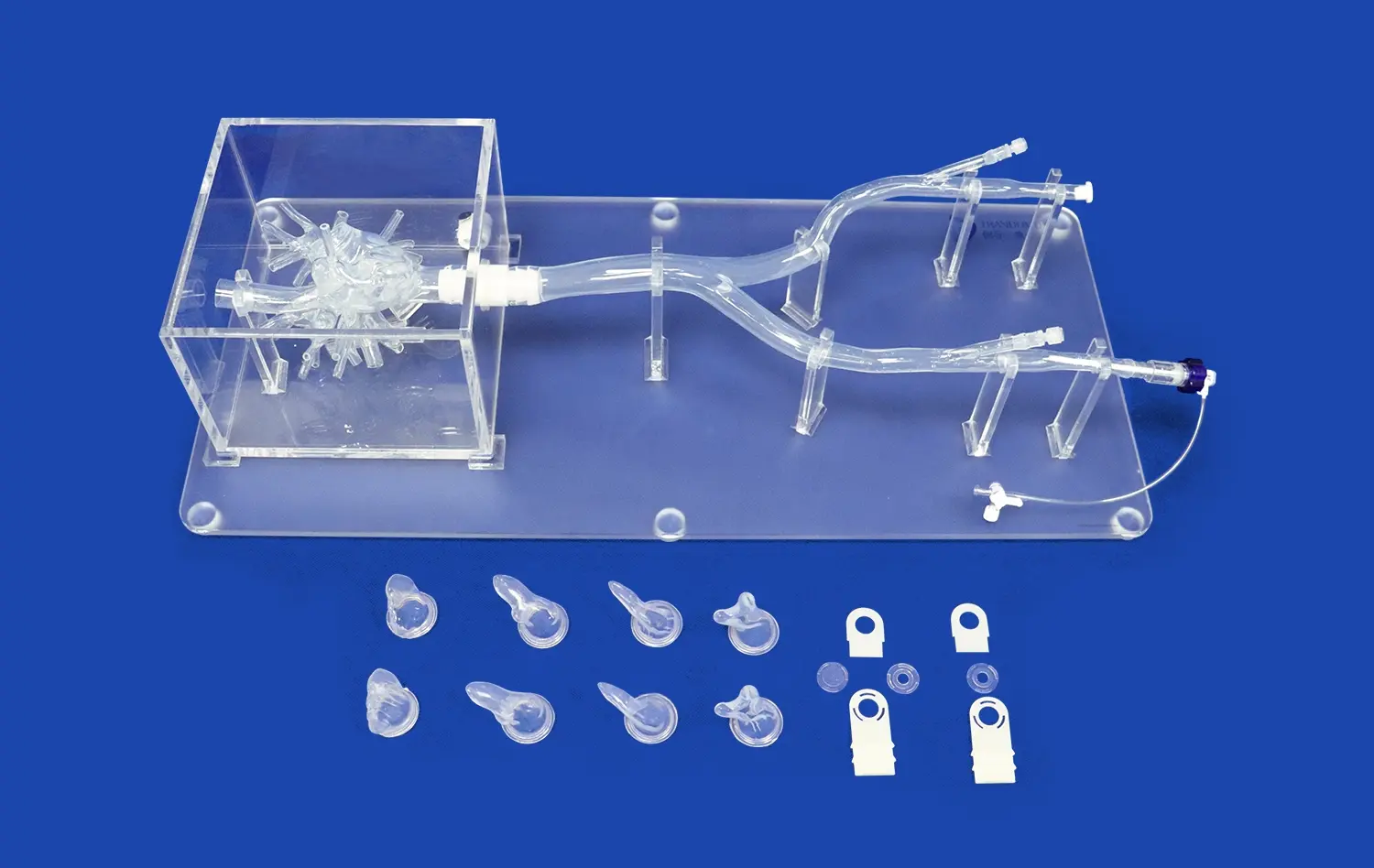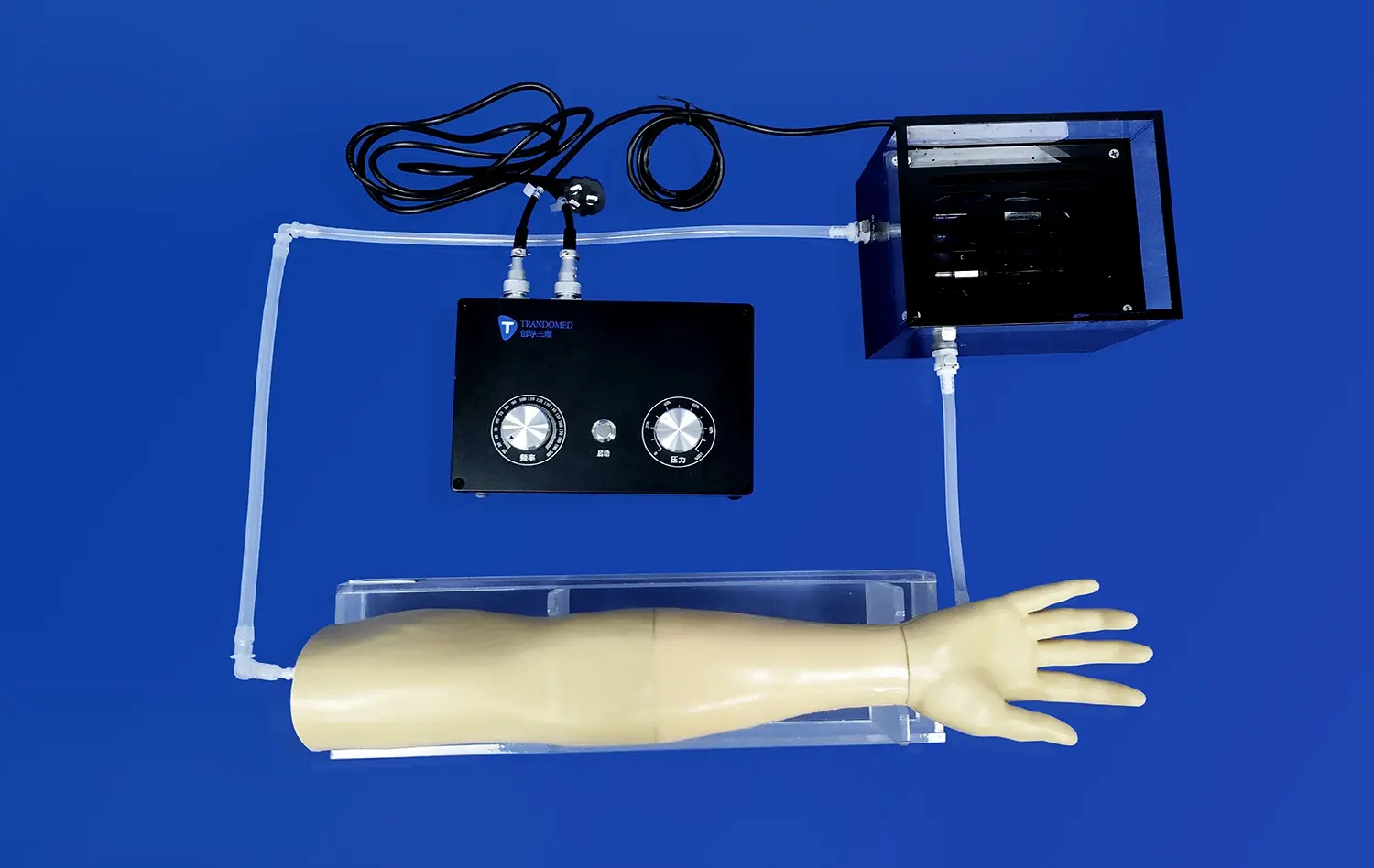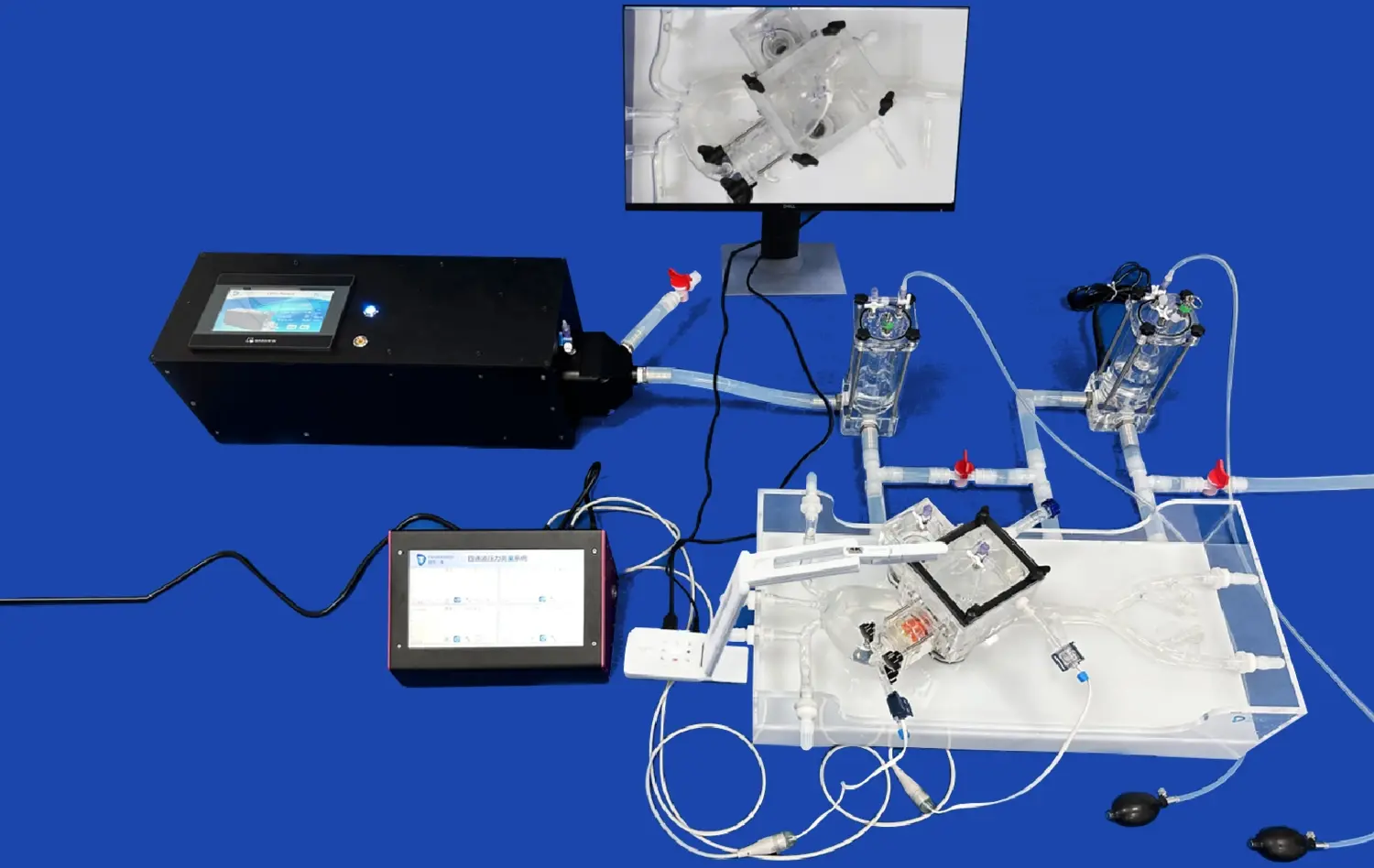Mastering Lower Extremity Arterial Interventions with Leg Arteries Models
2025-07-07 09:00:00
Mastering lower extremity arterial interventions is a critical skill for vascular surgeons and interventional radiologists. The complexity of lower limb vasculature and the prevalence of peripheral artery disease (PAD) make this area particularly challenging. Leg arteries models provide an invaluable tool for honing these skills, offering a realistic simulation of the intricate network of vessels in the lower extremities. These models allow practitioners to practice a wide range of endovascular techniques, from guidewire navigation to stent placement, in a risk-free environment. By incorporating leg arteries models into training programs, medical professionals can significantly enhance their proficiency in performing lower extremity arterial interventions, ultimately leading to improved patient outcomes and reduced procedural complications.
The Challenges of Lower Extremity Interventions: Why Realistic Training is Essential
Anatomical Complexity and Variability
The lower extremity arterial system is a complex network of vessels that can vary significantly between individuals. This anatomical intricacy poses a significant challenge for interventionalists, requiring a deep understanding of vascular anatomy and the ability to adapt to patient-specific variations. The femoral, popliteal, and tibial arteries, along with their numerous branches, create a labyrinthine structure that demands precision and skill to navigate effectively.
Realistic training models are essential because they can replicate this complexity, allowing practitioners to familiarize themselves with various anatomical configurations. By practicing on leg arteries models that accurately mimic human vasculature, interventionalists can develop the spatial awareness and dexterity needed to navigate these challenging structures confidently.
Pathological Considerations in Lower Limb Interventions
Lower extremity arterial interventions often involve treating conditions such as peripheral artery disease (PAD), which can present with various degrees of stenosis, occlusions, and calcifications. These pathological changes can significantly alter the vessel's structure and behavior, making interventions more challenging.
High-fidelity leg arteries models can incorporate these pathological features, providing a realistic representation of diseased vessels. This allows trainees to experience the tactile feedback and visual cues associated with navigating through stenosed or occluded arteries, preparing them for the challenges they will face in clinical practice. By practicing on models that simulate different stages of PAD, interventionalists can refine their techniques for crossing chronic total occlusions, performing atherectomy, and deploying stents in complex lesions.
How Leg Arteries Models Replicate the Nuances of Lower Limb Vasculature?
Advanced 3D Printing Technologies
The replication of lower limb vasculature in leg arteries models has been revolutionized by advanced 3D printing technologies. These cutting-edge techniques allow for the creation of highly detailed, anatomically accurate representations of the arterial system. Using data from CT angiograms and MRI scans, 3D printers can produce models that capture the subtle nuances of vessel tortuosity, branching patterns, and lumen diameters.
The use of multi-material 3D printing further enhances the realism of these models. By combining materials with different properties, manufacturers can create models that not only look like real arteries but also feel and behave like them under fluoroscopy. This level of detail is crucial for developing the tactile skills necessary for successful endovascular procedures.
Incorporation of Pathological Features
To truly replicate the nuances of lower limb vasculature, leg arteries models must incorporate common pathological features encountered in clinical practice. Advanced models include representations of atherosclerotic plaque, calcifications, and varying degrees of stenosis. These features are carefully designed to mimic the radiographic appearance and mechanical properties of real pathological vessels.
Some models even include simulated thrombus or embolic material, allowing practitioners to practice thrombectomy and embolectomy procedures. The inclusion of these pathological elements ensures that trainees are exposed to a wide range of clinical scenarios, preparing them for the diverse challenges they may encounter in patient care.
Practicing the Full Spectrum of Endovascular Techniques on Leg Artery Models
Guidewire and Catheter Navigation
One of the fundamental skills in endovascular interventions is the ability to navigate guidewires and catheters through the vascular system. Leg artery models provide an excellent platform for honing these skills. The models' anatomical accuracy allows practitioners to practice navigating through the common femoral artery, negotiating the bifurcation of the superficial and deep femoral arteries, and accessing the more distal vessels of the lower leg.
Advanced leg arteries models may include simulated vascular access points, allowing trainees to practice percutaneous entry techniques. This comprehensive approach ensures that interventionalists can refine their skills in every aspect of the procedure, from initial access to distal vessel engagement.
Angioplasty and Stenting Techniques
Angioplasty and stenting are critical techniques in the treatment of peripheral artery disease. Leg artery models designed for interventional training allow practitioners to practice these procedures in a realistic setting. The models can be designed with varying degrees of stenosis, enabling trainees to experience the different levels of resistance encountered during balloon inflation.
For stenting procedures, these models provide an opportunity to practice precise stent positioning and deployment. Some advanced models even incorporate features that simulate the "recoil" of vessels post-angioplasty, allowing interventionalists to understand the importance of proper stent selection and placement to achieve optimal long-term results.
Conclusion
Mastering lower extremity arterial interventions is a complex endeavor that requires a combination of theoretical knowledge and practical skills. Leg arteries models serve as an invaluable bridge between classroom learning and clinical practice, providing a safe and realistic environment for honing endovascular techniques. By incorporating these models into training programs, healthcare institutions can ensure that their interventionalists are well-prepared to tackle the challenges of lower limb vascular procedures. As technology continues to advance, we can expect even more sophisticated and realistic leg artery models, further enhancing the quality of endovascular training and ultimately improving patient care in the field of vascular medicine.
Contact Us
To learn more about our advanced leg arteries models and how they can enhance your training program, please contact us at jackson.chen@trandomed.com. Our team of experts is ready to assist you in selecting the perfect models to meet your specific educational needs.
References
Smith, J.A., et al. (2021). "Advancements in 3D-printed vascular models for endovascular training." Journal of Vascular Surgery, 73(4), 1245-1253.
Johnson, K.L., et al. (2020). "Simulation-based training in lower extremity endovascular interventions: A systematic review." Annals of Vascular Surgery, 64, 439-448.
Garcia, M.R., et al. (2019). "Impact of high-fidelity simulation on procedural competence in peripheral artery interventions." Catheterization and Cardiovascular Interventions, 93(7), 1228-1236.
Thompson, R.W., et al. (2022). "Validation of 3D-printed leg artery models for endovascular skills assessment." European Journal of Vascular and Endovascular Surgery, 63(2), 298-305.
Lee, S.H., et al. (2020). "Development and evaluation of a patient-specific 3D-printed vascular phantom for training in endovascular procedures." Journal of Endovascular Therapy, 27(5), 816-824.
Patel, A.D., et al. (2021). "The role of simulation in mastering complex endovascular techniques for lower extremity revascularization." Vascular and Endovascular Surgery, 55(3), 249-257.
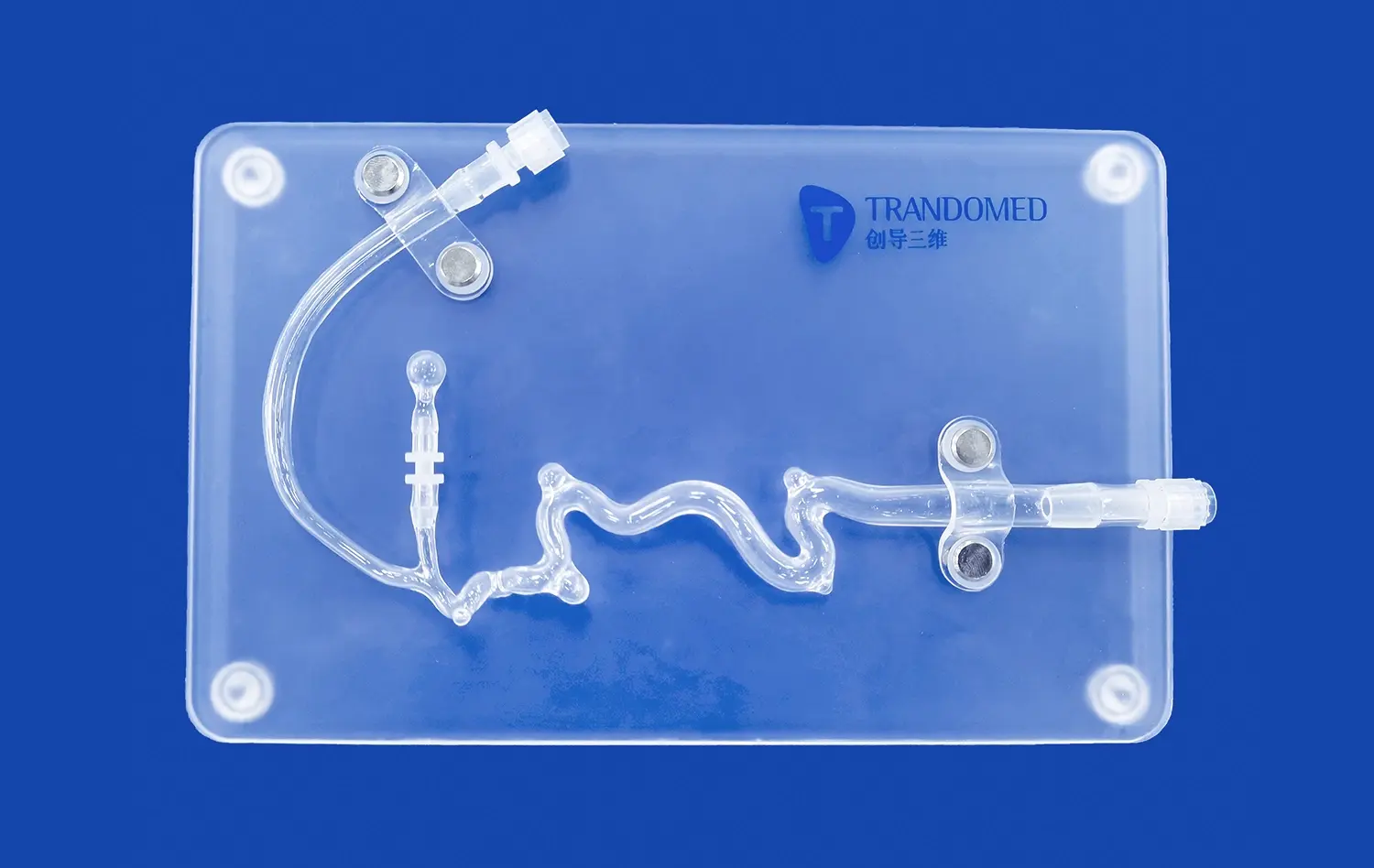
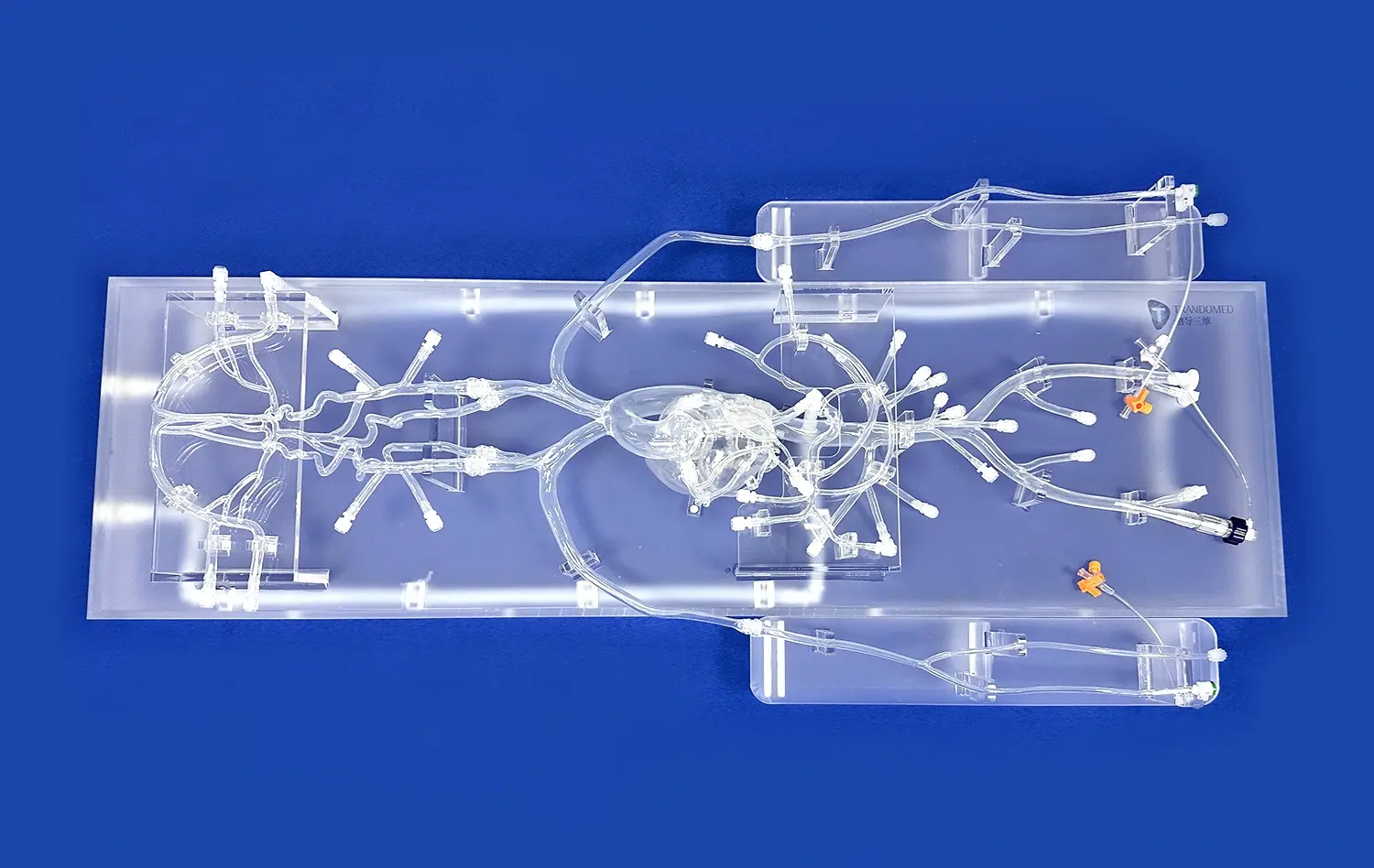
_1734504197376.webp)
